Latest

Quantum router preserving delicate photon states may advance quantum technologies
Low-loss router based on an interferometer preserves polarization while directing single photons and entangled pairs.
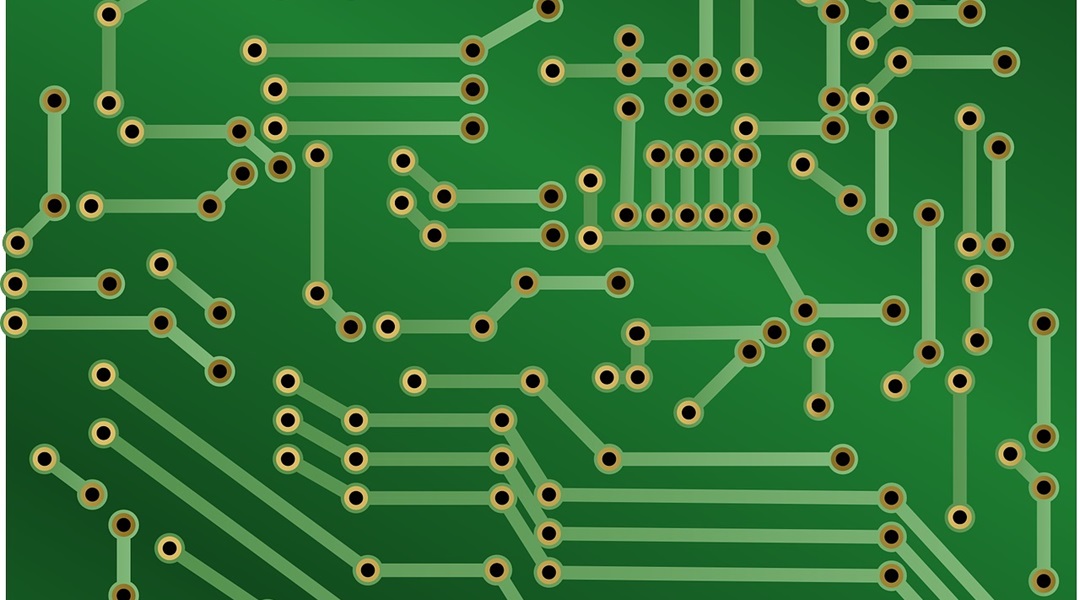
Edible electronics realize safe, complex monitoring devices
Edible electronics from non-toxic materials enable complex ingestible devices for healthcare and food monitoring.

Metabolic–Epigenetic Link Between Sleep Deprivation and Immune Dysregulation
Sleep deprivation alters immune cell metabolism, causing changes to epigenetics through lactylation, triggering immune dysregulation.
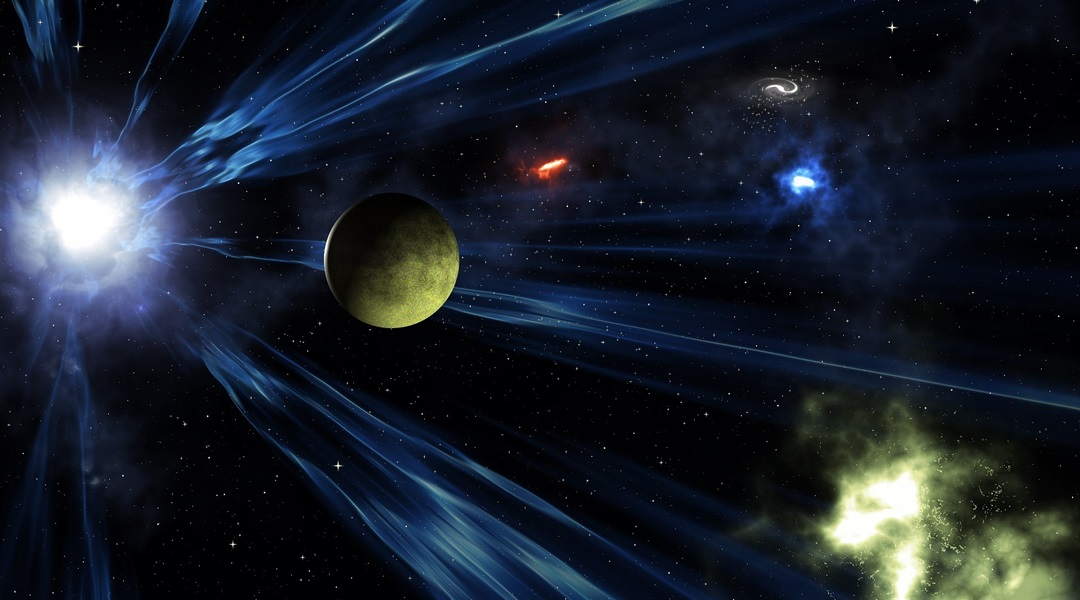
Micron-sized hidden dimensions could solve two of physics’ deepest puzzles
Extra dimensions at the microscale could be tested experimentally within 3-5 years.
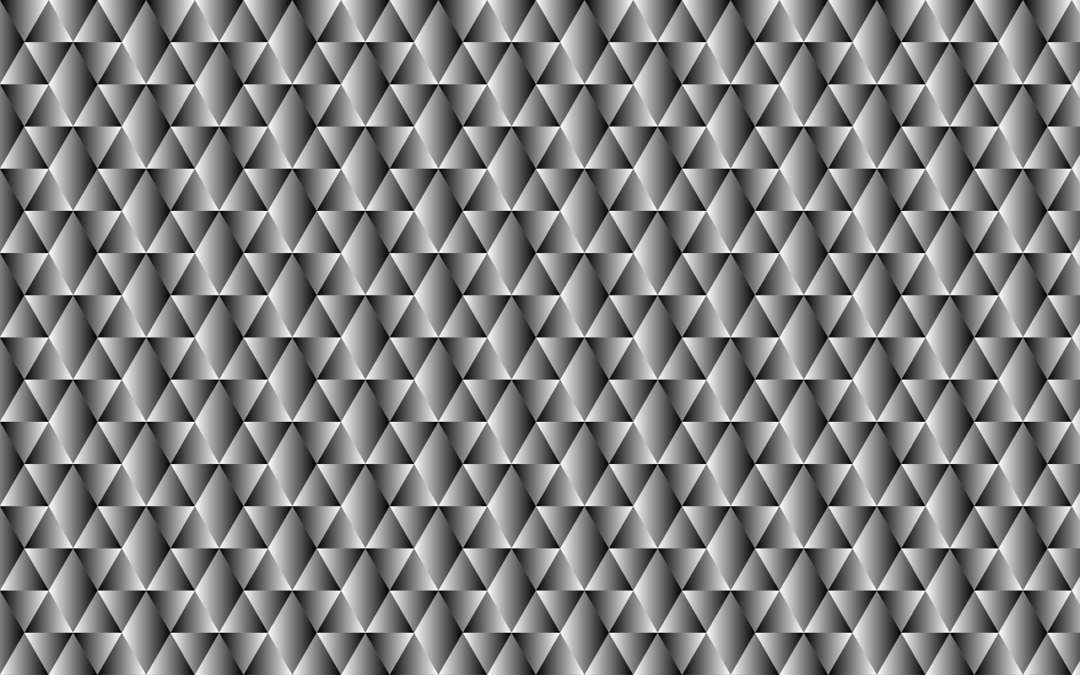
Tactile sensors from mechanical metamaterials for sensitive wearables and prosthetics
Engineers have developed tactile sensors with increased sensitivity, thanks to auxetic mechanical metamaterials.

Ultra-dense electron beams set the stage for breakthroughs in physics and technology
SLAC scientists created ultra-dense electron beams with five times the peak current, using infrared lasers to unlock new frontiers in physics and materials research.
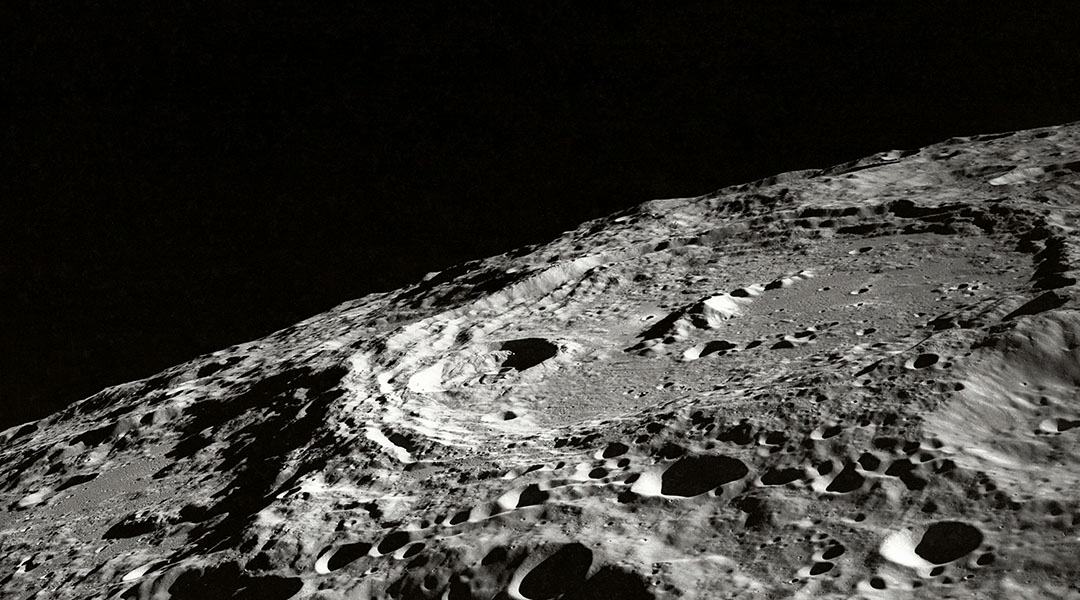
Solar panels made of lunar dust could power a future Moon base
Making solar panels on the Moon could be the solution to reliably providing energy to lunar settlements.

Sustainable building material extracted from seawater
A sand-like material can be extracted from seawater by adding carbon dioxide, potentially making the building industry more sustainable.
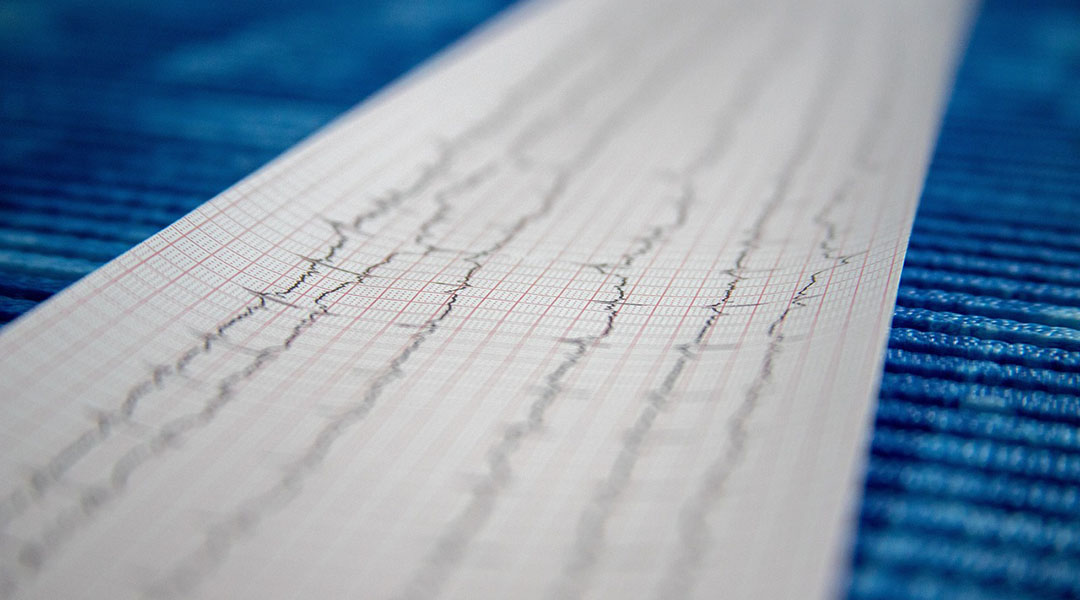
World’s smallest pacemaker dissolves once it’s no longer needed
Smaller than a grain of rice, the pacemaker is designed with temporary interventions in mind.

New machine learning tool could transform how we study neutron star mergers
A new machine learning algorithm that can rapidly pinpoint the location of a neutron star merger using gravitational wave signals alone.
ASN Newsletter
Sign up for our newsletter and receive the latest science news directly to your inbox.
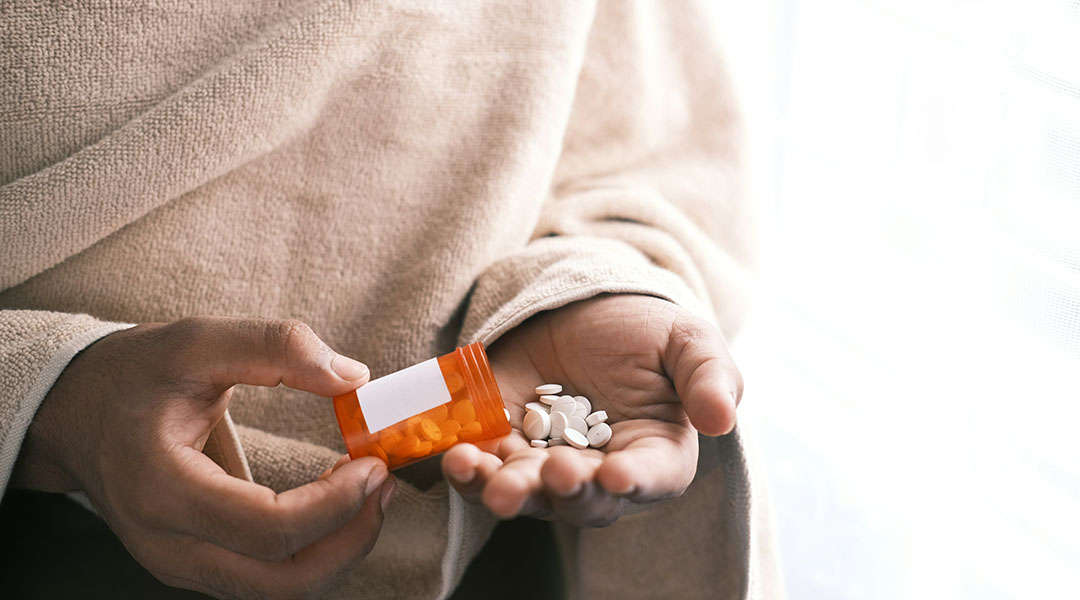
Scientists discover a new class of antibiotics
A bacterium found in a backyard could offer new hope in the fight against antibiotic resistance.

New material emitting spinning light could revolutionize optics and computing
“We’ve essentially reworked the standard recipe for making organic light emitting diodes, like those found in smartphones.”
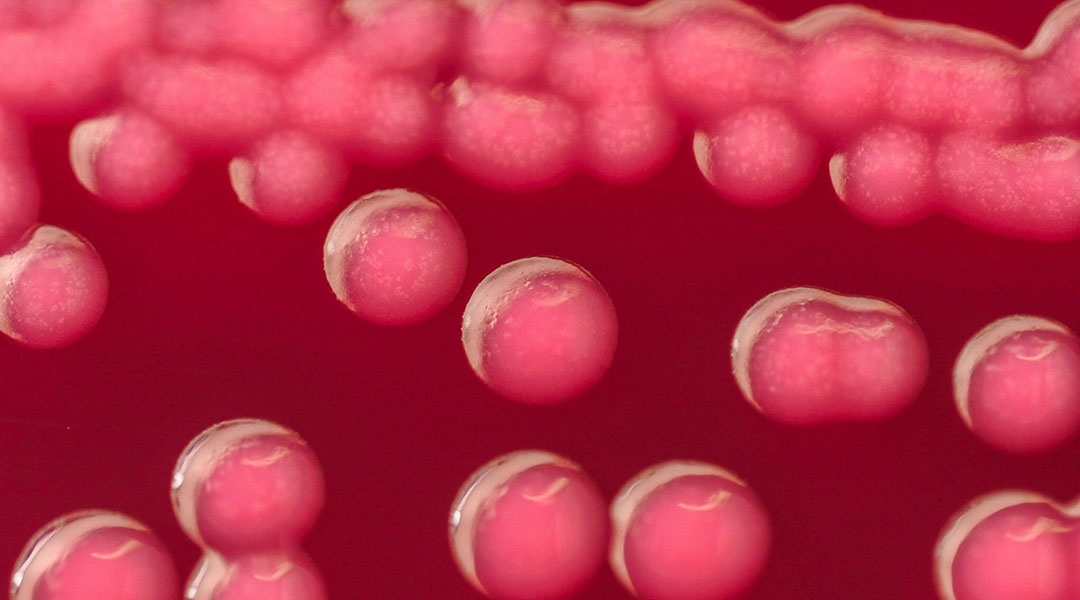
Common bacteria could be used to produce biodegradable bioplastics
Engineered Escherichia coli bacteria could be used to make sustainable biobased plastics.
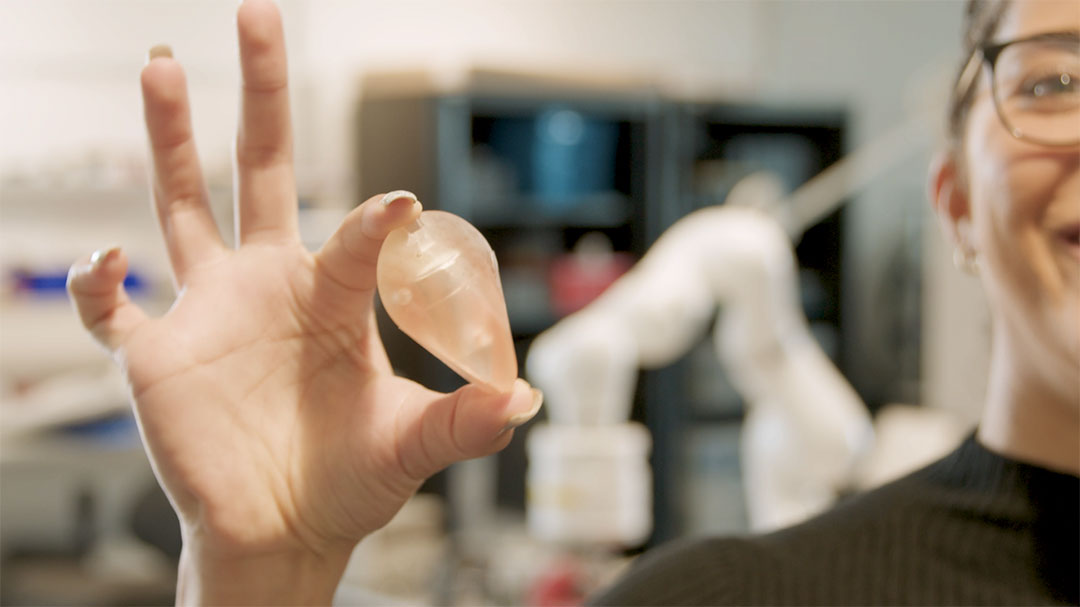
Tiny robots take 3D scans from inside the gut to diagnose cancer
A robot with a unique shape could make it possible to perform ultrasound scans deep within the gut, helping doctors diagnose colorectal cancer.
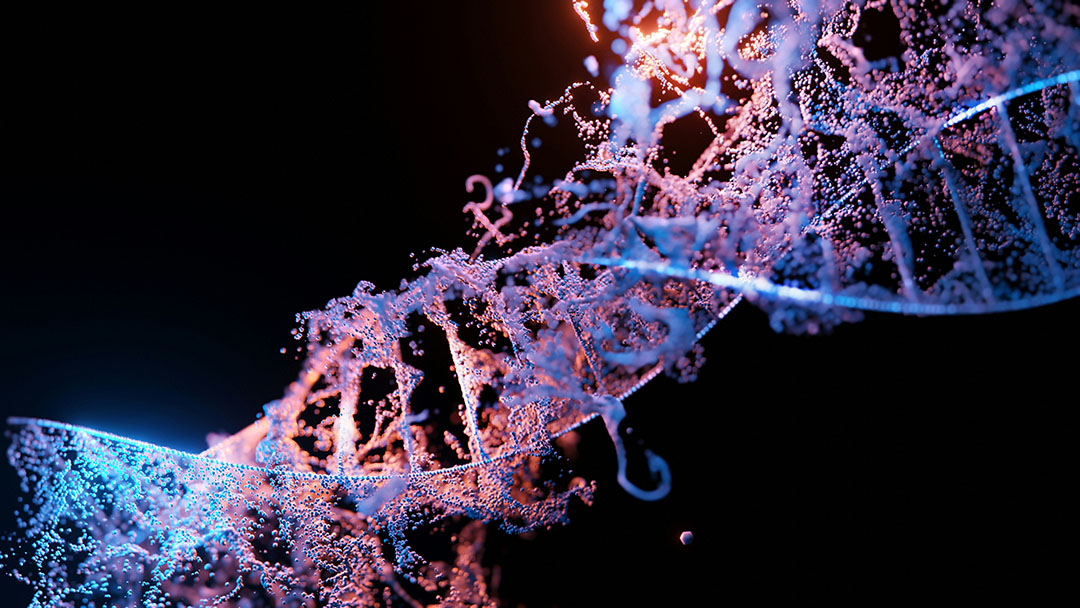
Ultra-sensitive CRISPR test detects pathogens in minutes—No lab needed
Scientists have developed a CRISPR-based diagnostic that detects pathogens in blood with million-fold greater sensitivity—without the need for DNA amplification.

Immune resilience gene signature could hold the key to healthy aging
High levels of a certain biomarker gives people a survival advantage, study finds.
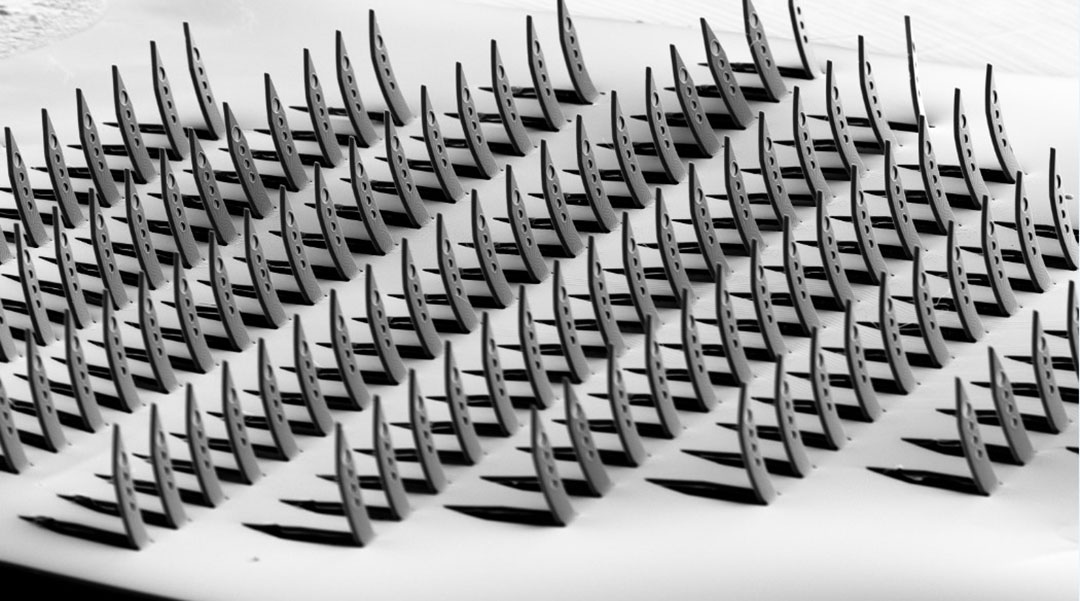
Kirigami-inspired neural probes are a cut above
The flexible and foldable 3D probes were surprisingly durable when inserted into brain tissue to map the deep functioning of neurons.
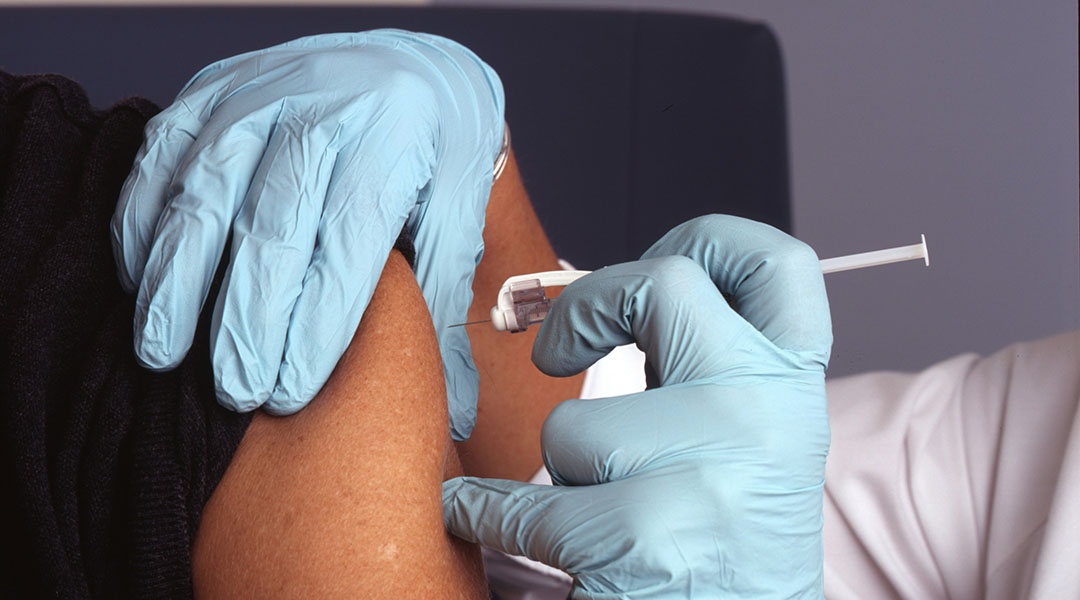
Two-in-one nanomedicine delivers antiviral treatment and immediate vaccine-like protection
The quasi-vaccine could help healthcare workers weather a virus outbreak in the future.

World’s smallest pacemaker dissolves once it’s no longer needed
Smaller than a grain of rice, the pacemaker is designed with temporary interventions in mind.
Immune resilience gene signature could hold the key to healthy aging
High levels of a certain biomarker gives people a survival advantage, study finds.
Kirigami-inspired neural probes are a cut above
The flexible and foldable 3D probes were surprisingly durable when inserted into brain tissue to map the deep functioning of neurons.
Two-in-one nanomedicine delivers antiviral treatment and immediate vaccine-like protection
The quasi-vaccine could help healthcare workers weather a virus outbreak in the future.
World’s smallest pacemaker dissolves once it’s no longer needed
Smaller than a grain of rice, the pacemaker is designed with temporary interventions in mind.

Self-interacting inflaton particles may reshape our picture of the early universe
Subtle inflaton interactions may reshape our understanding of cosmic inflation, altering predictions about dark matter, black holes, and gravitational waves.

Ultra-dense electron beams set the stage for breakthroughs in physics and technology
SLAC scientists created ultra-dense electron beams with five times the peak current, using infrared lasers to unlock new frontiers in physics and materials research.

Solar panels made of lunar dust could power a future Moon base
Making solar panels on the Moon could be the solution to reliably providing energy to lunar settlements.

New machine learning tool could transform how we study neutron star mergers
A new machine learning algorithm that can rapidly pinpoint the location of a neutron star merger using gravitational wave signals alone.
Self-interacting inflaton particles may reshape our picture of the early universe
Subtle inflaton interactions may reshape our understanding of cosmic inflation, altering predictions about dark matter, black holes, and gravitational waves.
Ultra-dense electron beams set the stage for breakthroughs in physics and technology
SLAC scientists created ultra-dense electron beams with five times the peak current, using infrared lasers to unlock new frontiers in physics and materials research.
Solar panels made of lunar dust could power a future Moon base
Making solar panels on the Moon could be the solution to reliably providing energy to lunar settlements.
New machine learning tool could transform how we study neutron star mergers
A new machine learning algorithm that can rapidly pinpoint the location of a neutron star merger using gravitational wave signals alone.
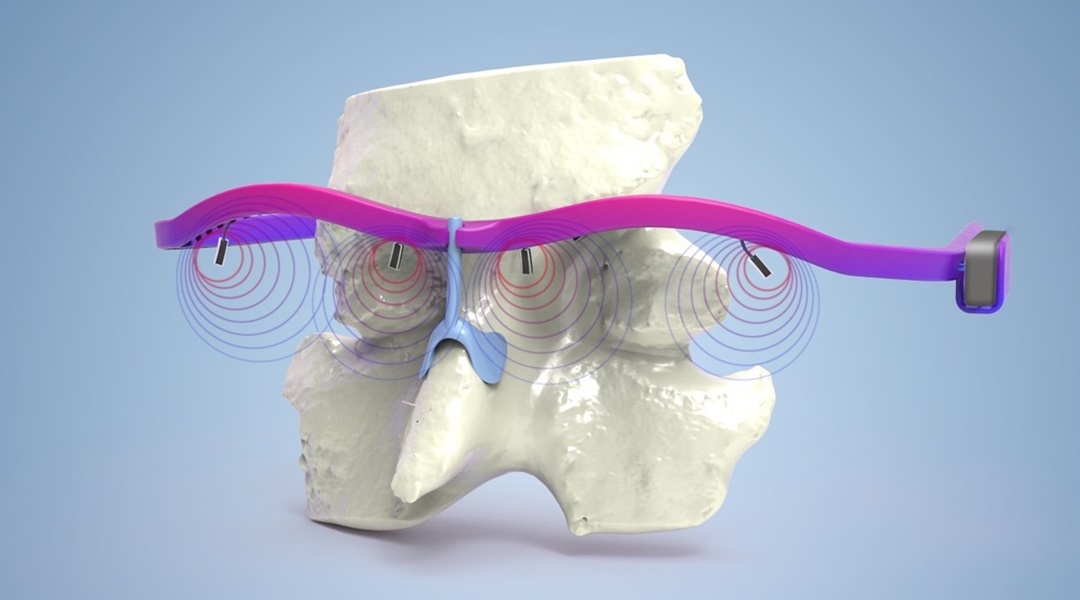
Smart Eye Sensor Warns of Dangerous Fatigue
Compact sensors enable integration of fatigue feedback into daily decision-making.

Tactile sensors from mechanical metamaterials for sensitive wearables and prosthetics
Engineers have developed tactile sensors with increased sensitivity, thanks to auxetic mechanical metamaterials.
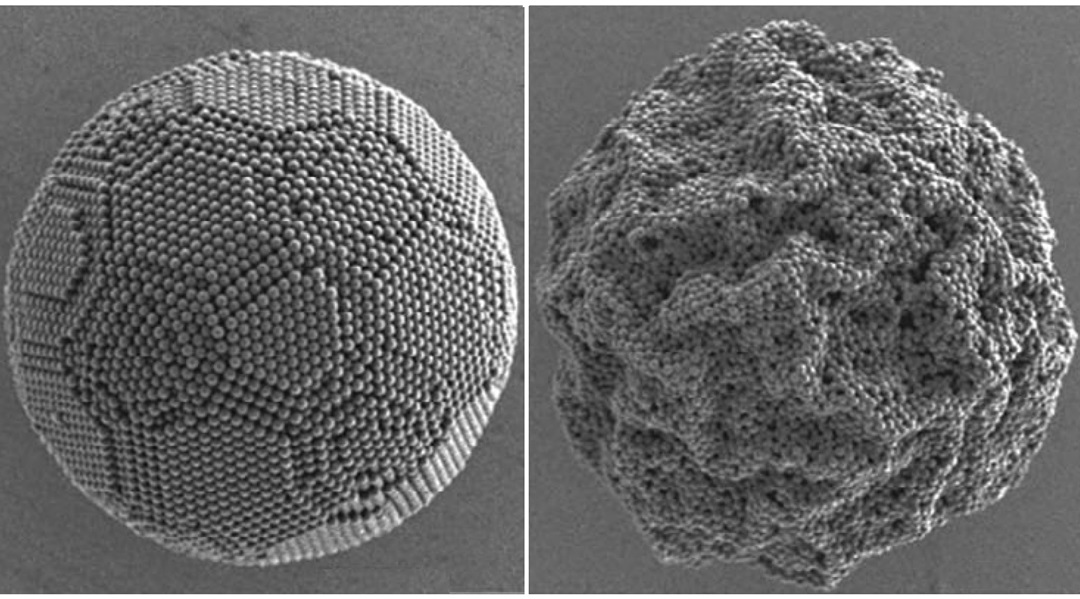
Surfactants Steer Supraparticle Structure
pH-responsive surfactants enable control over buckled supraparticle formation in emulsion-based systems.
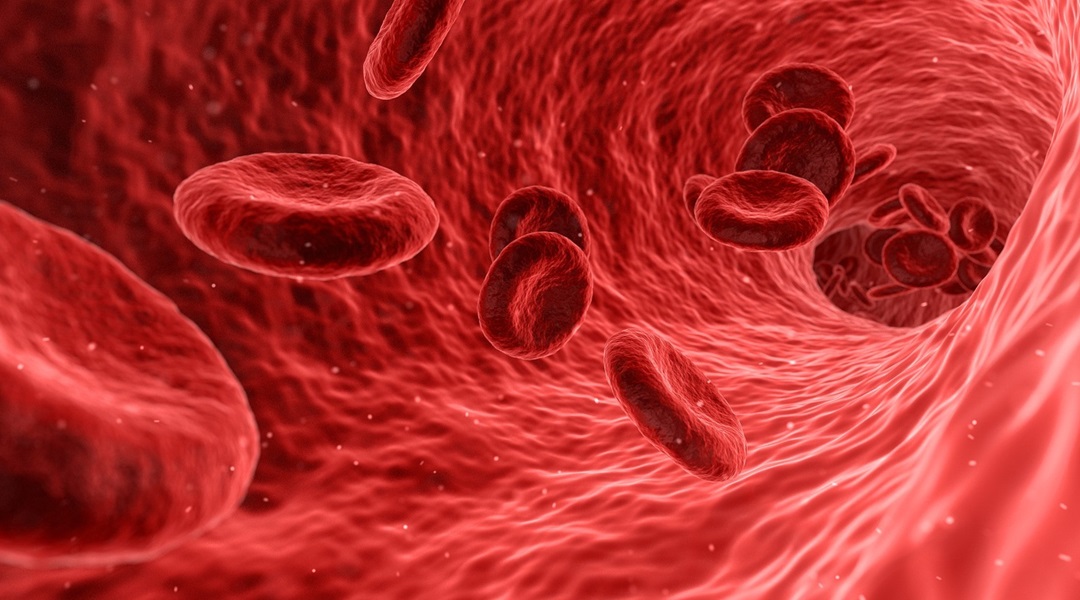
Turning Periods into Power: Menstrual Blood a Valuable Resource for Medical Diagnostics
Wearable sensors help women analyse menstrual blood for affordable, non-invasive health monitoring.
Smart Eye Sensor Warns of Dangerous Fatigue
Compact sensors enable integration of fatigue feedback into daily decision-making.
Tactile sensors from mechanical metamaterials for sensitive wearables and prosthetics
Engineers have developed tactile sensors with increased sensitivity, thanks to auxetic mechanical metamaterials.
Surfactants Steer Supraparticle Structure
pH-responsive surfactants enable control over buckled supraparticle formation in emulsion-based systems.
Turning Periods into Power: Menstrual Blood a Valuable Resource for Medical Diagnostics
Wearable sensors help women analyse menstrual blood for affordable, non-invasive health monitoring.

Molecules found in wood could make pesticides more efficient
Scientists in Finland have developed a method that can achieve a tenfold increase in pesticide retention on farmed crops.
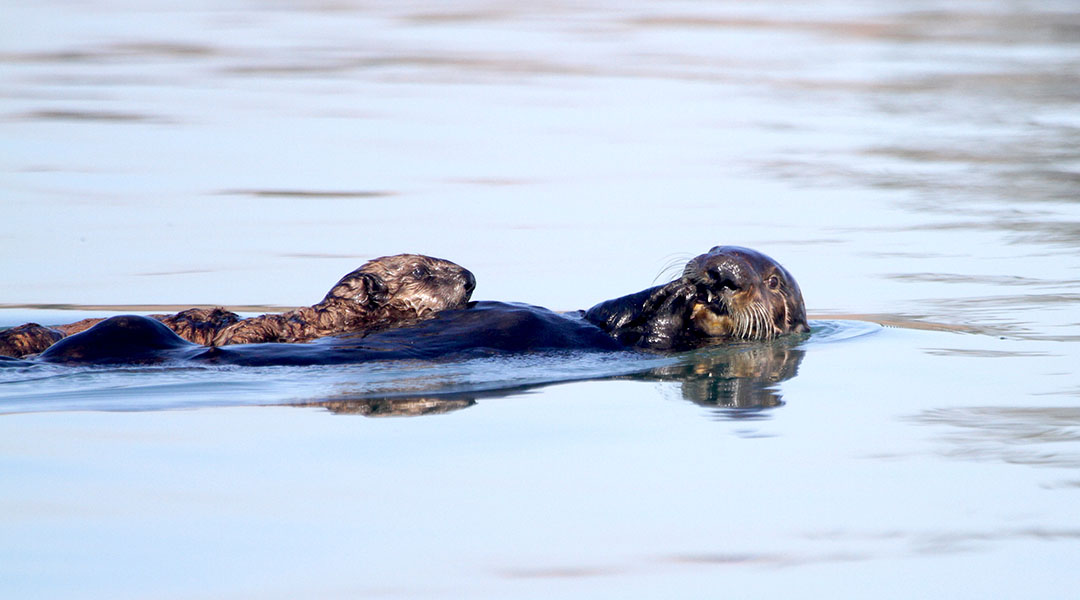
The hidden cost of human disturbance on California’s sea otters
A comprehensive study by Sea Otter Savvy reveals the significant energy costs of human disturbance on sea otters, highlighting the need for better conservation practices to protect these vulnerable marine mammals.

Nanosheet catalysts for affordable hydrogen fuel production
Researchers have developed efficient catalysts by combining palladium with organic molecules, significantly reducing the cost of hydrogen fuel production.

Windows that cool themselves could cut AC costs
This new high-tech window glass reflects heat and radiates excess warmth into space, slashing air conditioning energy use by up to 40%.
Molecules found in wood could make pesticides more efficient
Scientists in Finland have developed a method that can achieve a tenfold increase in pesticide retention on farmed crops.
The hidden cost of human disturbance on California’s sea otters
A comprehensive study by Sea Otter Savvy reveals the significant energy costs of human disturbance on sea otters, highlighting the need for better conservation practices to protect these vulnerable marine mammals.
Nanosheet catalysts for affordable hydrogen fuel production
Researchers have developed efficient catalysts by combining palladium with organic molecules, significantly reducing the cost of hydrogen fuel production.
Windows that cool themselves could cut AC costs
This new high-tech window glass reflects heat and radiates excess warmth into space, slashing air conditioning energy use by up to 40%.
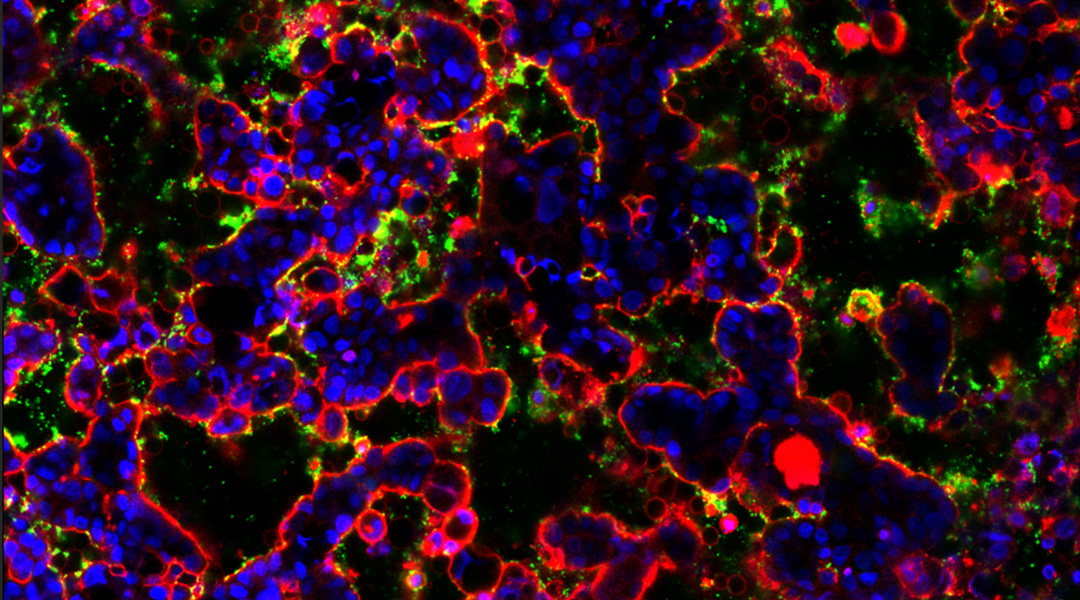
How a gut-on-a-chip is getting to the bottom of our gut’s microbiome
This artificial gut will allow scientists to gain deeper insights into the biome that exists there and how dysregulation can lead to disease.
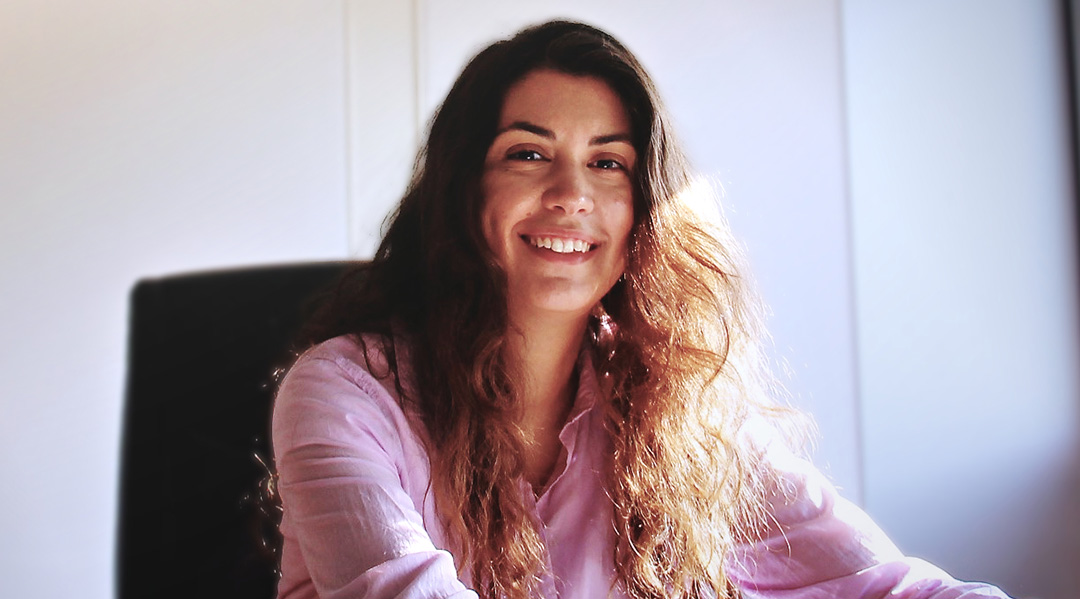
Athina Anastasaki: New ways to recycle old polymers
Polymer chemist Athina Anastasaki talks about establishing her career, inroads into polymer recycling, and resilience in academia.
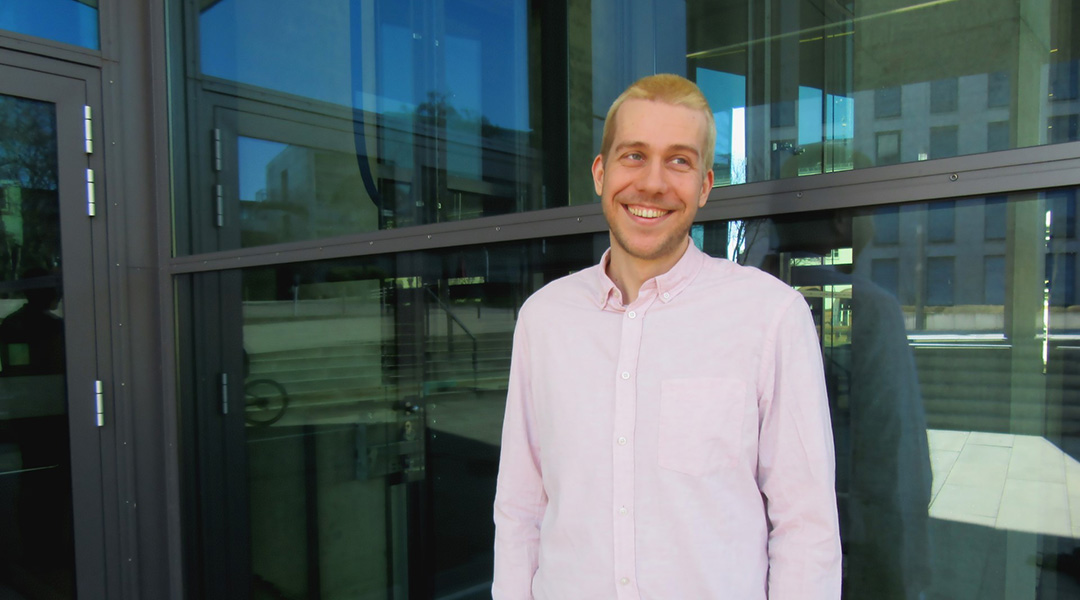
How research into existential risk will help safeguard humanity
Florian Jehn combines pragmatism with optimism when considering potential threats to human civilization.
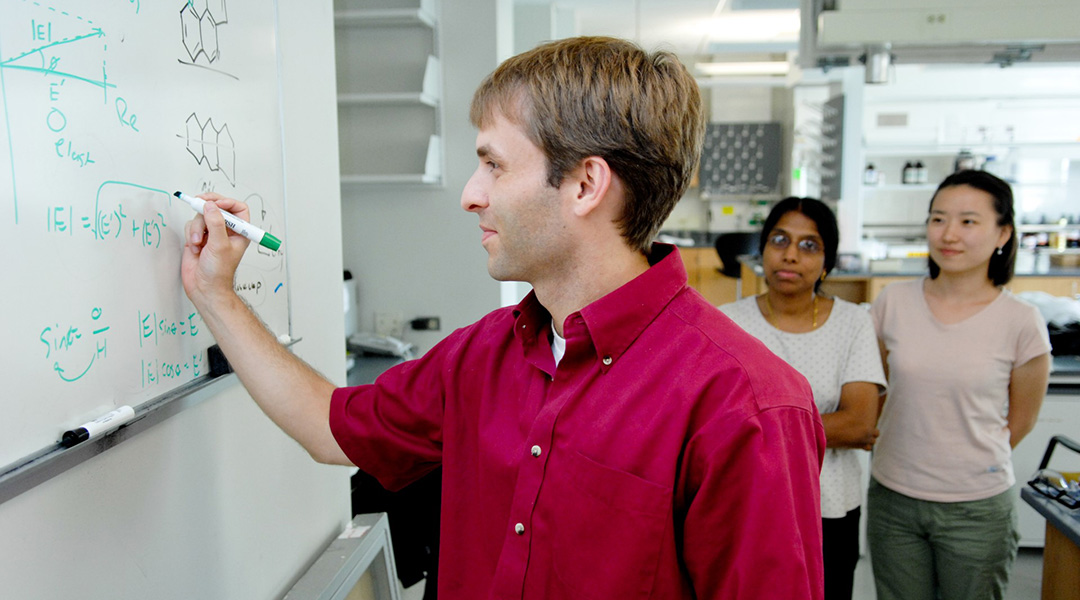
Michael Dickey, our guide through the surprising world of liquid metals
The chemical and biomolecular engineer delves into the versatile applications, surprising properties, and future possibilities of liquid metals.







